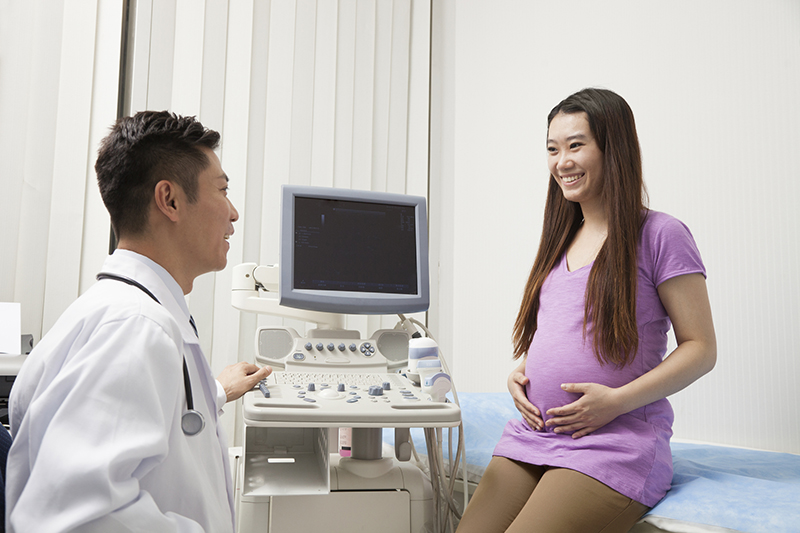Families For Life | Your Questions About C-Sections Answered

Here are some common questions mums-to-be have about Caesarean sections, as well as the answers you need.
At week 33 of pregnancy, you're mighty close to the magical moment of labour. Here are some common questions many expectant mums may have about Caesarean sections:
What is a Caesarean section?
A C-section is an operation to deliver the baby through the tummy. This happens when a mum cannot give birth to her little one through the vagina or when it's medically advisable not to do so. It can be planned in advance or performed in an emergency.
What happens during a Caesarean section?
- You'll be given a regional anaesthetic (spinal or epidural) which allows you to feel no pain from your waist downwards or a general anaesthetic to make you sleep through the surgery.
- A skin incision is made at the lower part of your tummy so your doctor can access the womb.
- The womb wall is opened and your doctor will deliver your baby.
- Your doctor will cut the umbilical cord, remove the placenta and close the womb wall and your tummy incision.
If your baby is well, you can have skin-to-skin contact after your baby has been cleaned and weighed! You can start breastfeeding once you're awake and back in the ward. You'll likely need to stay in hospital for observation and recovery for two to three days. Upon discharge, you'll also be given a date to return for your follow-up appointment.
Will I need a Caesarean section?
You'll only need a Caesarean delivery if any of these conditions occur:
- Your baby is too large for the birth canal and cannot be delivered via a vaginal birth.
- Your baby is not in the right position in the womb.
- If you have a history of surgery on your womb.
- If your placenta is lying too low or covering the birth canal opening.
- If your placenta separates prematurely from the womb wall.
- If the umbilical cord slips downwards and below the baby's head, which can constrict blood supply to your baby.
- If you have pre-existing medical conditions that preclude a vaginal delivery — your doctor will advise you on an individual basis.
Are there any risks I should be aware of?
The procedure is quite commonly performed and some risks include bleeding, infection, injury to surrounding structures such as the bladder, blood vessels and nerves, and a higher risk of developing a blood clot in the legs after surgery.
Another thing to note is that women who've had a C-section are likely to require one again in the future — once again, your doctor will discuss your options on a case-by-case basis.
Should I be concerned if my doctor suggests a C-section?
You shouldn't be alarmed — a C-section is usually performed for the safety of you and your baby. Trust that you're in good hands!
Explore more
By Associate Professor TAN Thiam Chye Head & Senior Consultant, Dr Michelle LIM Senior O&G Resident, Department of Obstetrics and Gynaecology, KK Women's and Children's Hospital
Sources:
The New Art and Science of Pregnancy and Childbirth 2008, World Scientific
Healthy Start for your Pregnancy 2012, Health Promotion Board Singapore
Copyright © 2016 HealthHub.sg. All rights reserved.